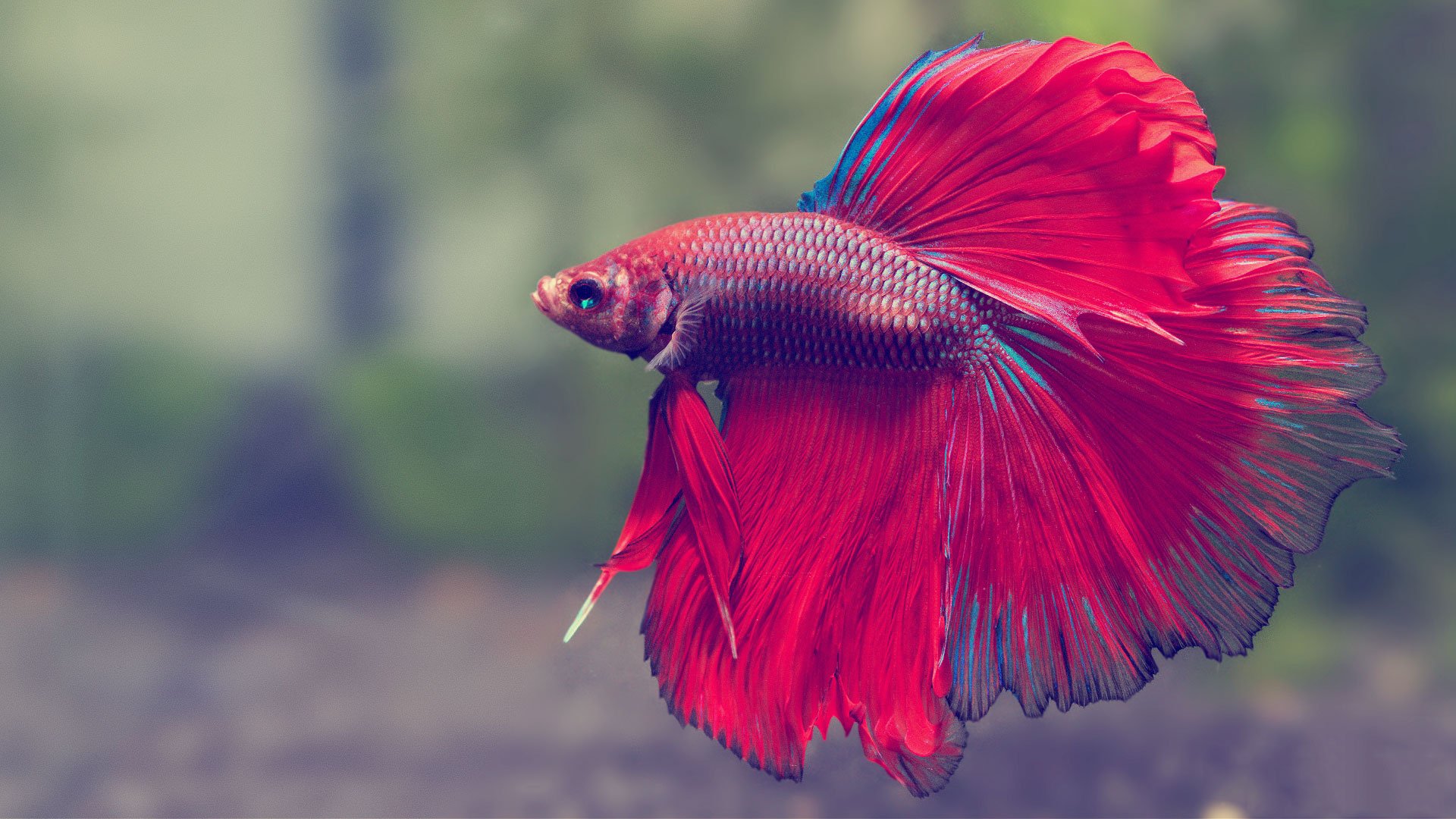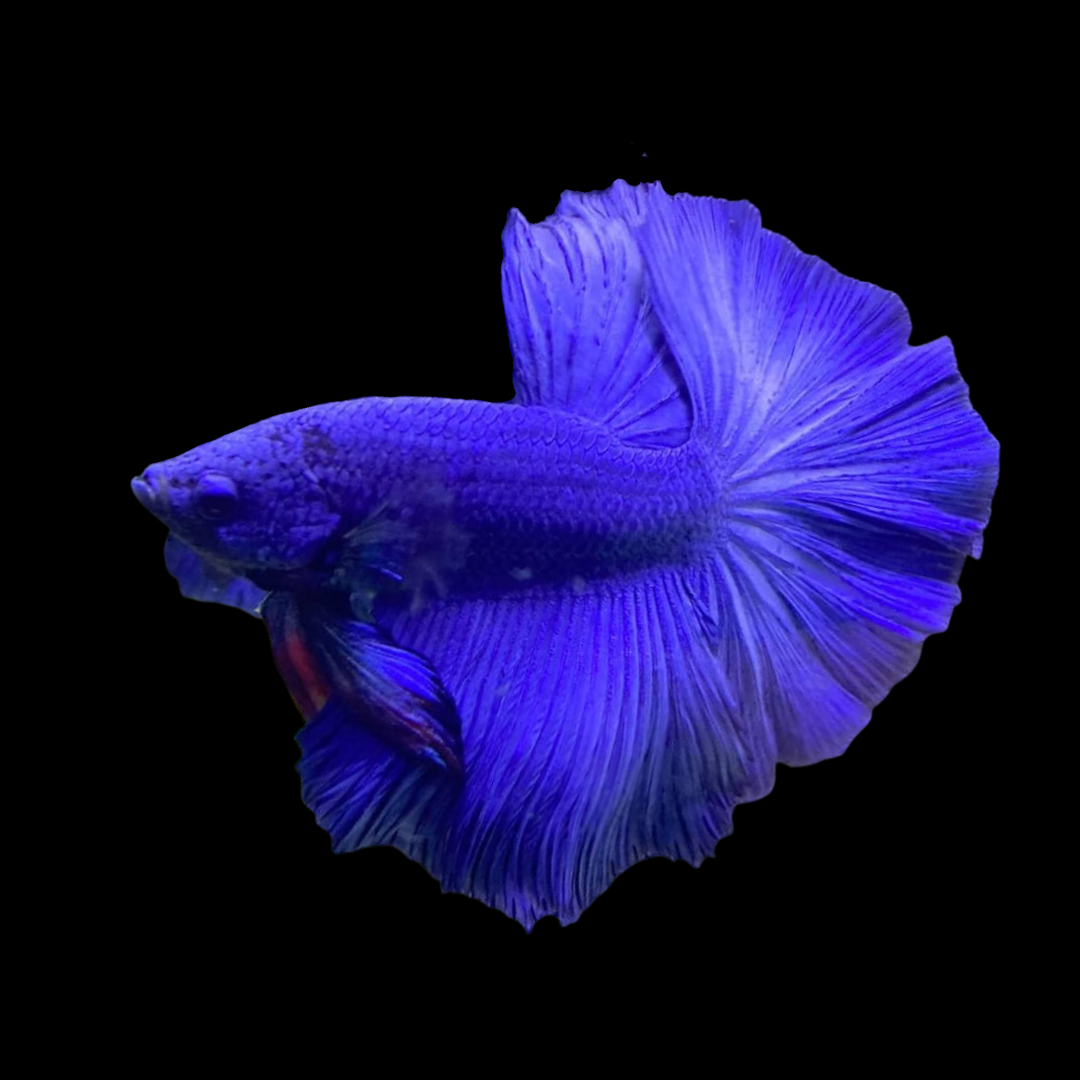How to Breed Betta Fish Effectively: Professional Strategies and Insights for Hobbyists Seeking To Increase Their Betta Collection
Reproducing Betta fish needs a nuanced understanding of genetics and environmental problems, making it vital for enthusiasts to approach the procedure with both diligence and care. Developing an ideal reproduction atmosphere, picking the ideal pairs, and observing the ins and outs of their courtship habits are fundamental steps that can considerably influence the result. Moreover, the succeeding care of the fry is essential for guaranteeing their healthy and balanced advancement. As we discover these crucial elements, it becomes clear that successful reproduction is not simply regarding the preliminary pairing however encompasses a wider technique that advantages cautious consideration.
Comprehending Betta Fish Genes
Comprehending the genes of Betta fish is vital for effective reproduction, as it affects traits such as color, fin form, and habits. Betta fish show a varied range of colors and patterns, mainly determined by their genetic makeup. The main genetics responsible for coloration consist of the "B" genetics for blue, "D" genetics for red, and the "C" genetics for shade intensity. Breeders can manipulate these characteristics by choosing particular parent fish that exhibit desired attributes.
In enhancement to pigmentation, fin morphology is one more significant facet of Betta genes (betta fish). The sizes and shape of fins are affected by different genetics, consisting of those that identify whether the fins are short, long, or veil-shaped. Recognizing these genetic variations aids breeders forecast the phenotypic results of their offspring
Moreover, behavior characteristics such as aggression and territoriality can likewise be influenced by genes. These behaviors play an essential function in the reproducing process, as they can affect generating success and the overall personality of the resulting fry. By thoroughly recognizing these genetic concepts, breeders can make enlightened decisions, inevitably improving their reproduction programs and accomplishing preferable results.
Preparing the Reproduction Atmosphere
Producing an optimum reproduction environment is crucial for the effective recreation of Betta fish. The very first action in preparing this setting is to select a suitable reproduction tank, preferably varying from 5 to 10 gallons.
Next, think about making use of a sponge filter or an air rock to offer mild water blood circulation without creating solid currents that can worry the fish. It is necessary to install plants or breeding cones to use hiding spots and promote comfort for the woman during the spawning procedure. Drifting plants, such as Java moss or water sprite, can likewise produce a much more all-natural setting while facilitating bubble nest building by the male.
Before introducing the breeding pairs, make certain the water is conditioned and without harmful chemicals, such as chlorine or heavy metals. betta fish. Regular water changes should be conducted to maintain optimal water quality, enhancing the chances of effective reproduction. With these prep work in area, the reproducing atmosphere will certainly support the health and well-being of both Betta fish
Selecting Breeding Pairs
Selecting the appropriate reproduction pairs is important for accomplishing effective Betta fish recreation. Healthy Betta fish exhibit vivid colors, clear eyes, and energetic habits.
Personality is one more important factor to consider, as Betta fish are known for their hostile nature. It is recommended to pick a male and woman that display suitable characters to minimize anxiety during the breeding procedure. A calm man can urge a smoother courtship, while a woman that is also aggressive might interfere with the process.
Hereditary history likewise plays a substantial role in the high quality of the spawn. Breeding fish that are genetically varied can reduce the danger of genetic health click here for more problems and boost the overall vigor of the fry. It is beneficial to investigate the family tree of both the man and female, concentrating on preferable traits such as fin type, color scheme, and dimension.
The Breeding Process
The reproduction procedure of Betta fish requires careful planning and focus to information to guarantee a successful end result. It is essential to prepare a suitable breeding storage tank, preferably a 5-10 gallon fish tank with a temperature level preserved at 78-80 ° F. The container needs to be geared up with a heating unit, filter (ideally sponge type to prevent solid currents), and lots of aquatic plants for the female to hide.
When the setting is established, introduce the selected breeding set to the storage tank, permitting them to accustom. Observe their habits; the man will display fancy courtship rituals, consisting of flaring his fins and building a bubble nest. If the lady reveals interest, she will certainly present vertical stripes indicating readiness for spawning.
When the woman is receptive, the set will engage in a mating accept, during which the male feeds the eggs. Keeping optimal water problems throughout this duration is crucial for the development of healthy and balanced Betta fry.
Caring for Betta Fry

Feeding Betta fry is essential, as they call for a diet plan high in healthy protein. Initially, they can be fed infusoria or fluid fry food, transitioning to carefully crushed top quality pellets as they expand. Feed tiny portions numerous times a day to encourage healthy development without overloading the tank with leftover food.

As they mature, check their development very closely and divide any type of aggressive people to avoid damage. By giving a supporting setting and appropriate nourishment, hobbyists can efficiently raise Betta fry into vivid, healthy fish, inevitably check my source enhancing their breeding undertakings.
Conclusion
Effective Betta fish reproduction requires precise interest to genetic choice, ecological problems, and treatment for the fry. By comprehending the genes of Betta fish and preparing an ideal reproduction environment, enthusiasts can boost the opportunities of producing vibrant, healthy offspring.
Comments on “Usual Betta Fish Conditions and Just How to stop Them”